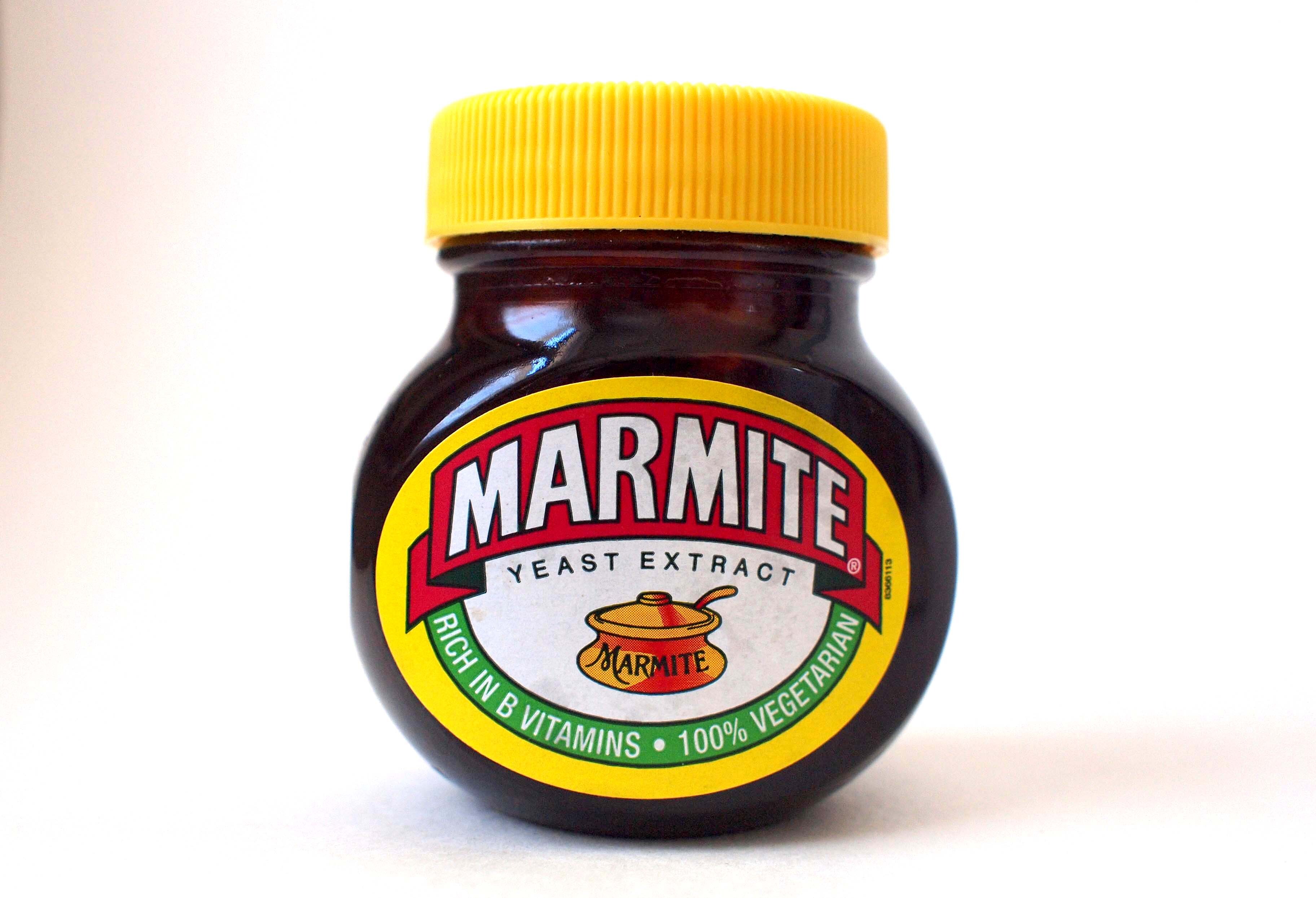
- The law applies only to office holders, candidates, campaigns, or to people who buy or sell political advertising.
- People and platforms who post and distribute content without exchanging money are exempted.
- All the big media firms: tv, radio, ISPs, Internet content platforms, and billboard operators are exempted when they just run someone else’s ads. The people who are liable are the ones who place the ads.
- The requirement is to include a disclosure message when depictions of a public figure have been altered by technology: Photoshop, AI, deepfake audio, or whatever else. The content itself is not censored, it just has to be noticed that it’s artificial.
- “Superficial” alterations are exempted from the notice message, for example, changing the color balance on a video.














Hard to say for sure, but probably more “fine print” style notices on TV ads and billboards.
This could conceivably be used to prosecute dirty tricks-style campaigns. For example, many years ago there was an anonymous mailer campaign against the incumbent mayor in my city where a photograph of him was photoshopped to insinuate that had been beaten up, when he really hadn’t. That kind of thing might become the target of this if it becomes law.
It’s also possible that federal courts will step in and carve out some exceptions for obviously fake parody stuff. Texas law cannot override the first amendment.